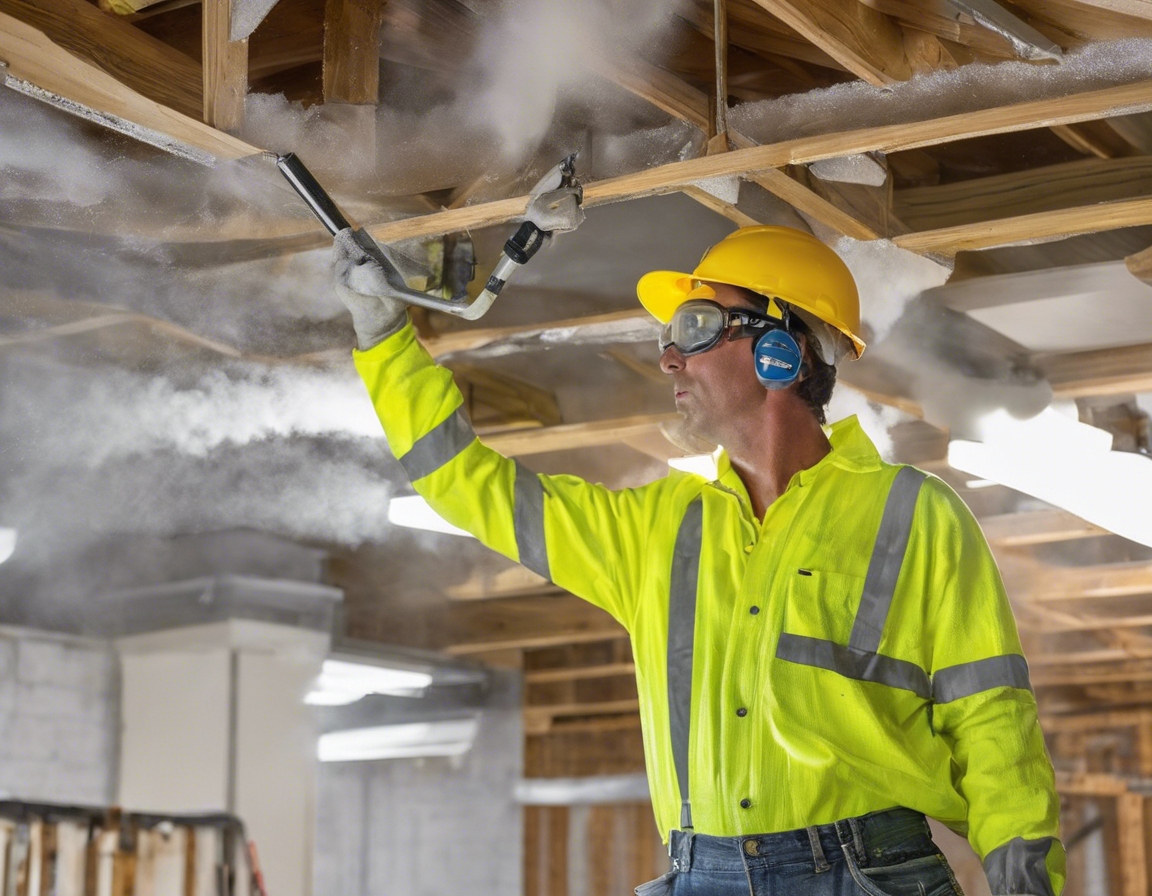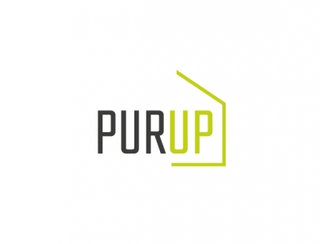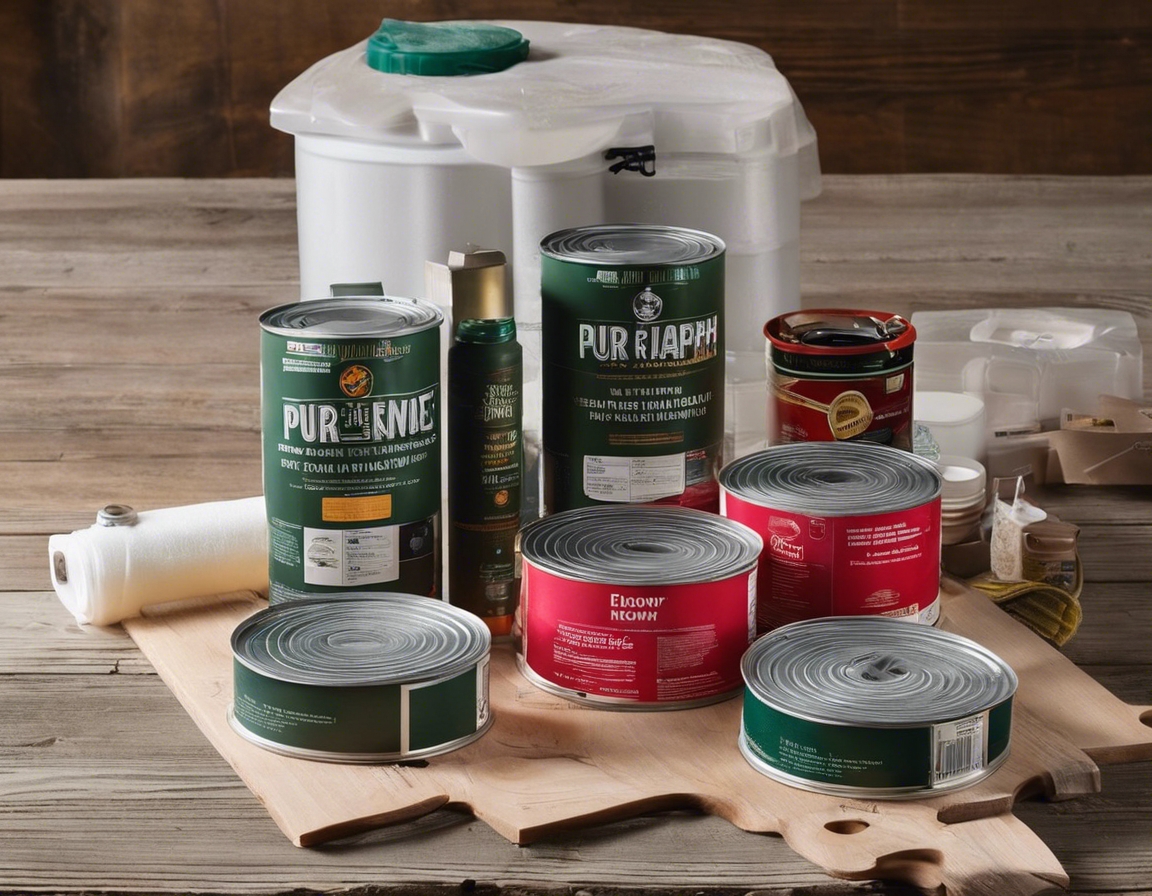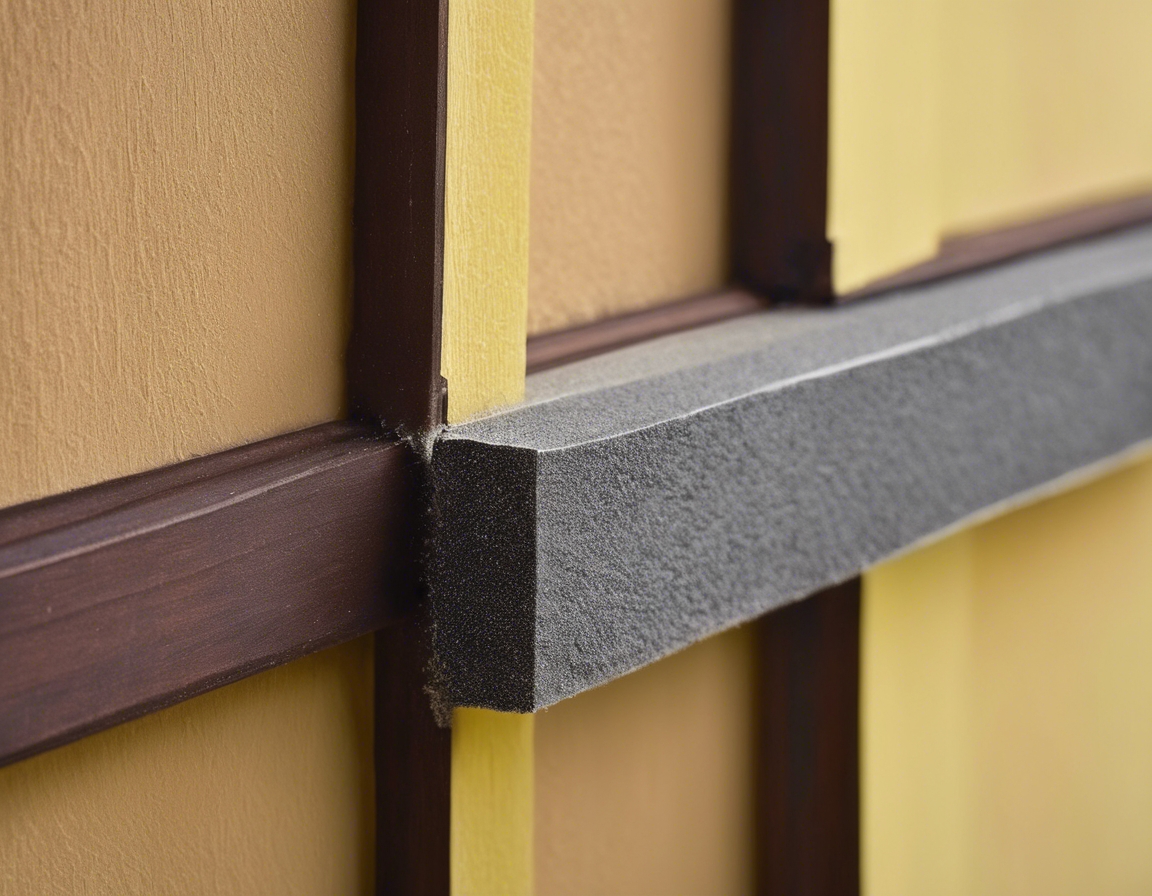5 reasons pur foam is the future of insulation
Polyurethane (PUR) foam is a type of insulation material that has been gaining traction in the construction industry due to its exceptional insulating properties. It is a lightweight, spray-applied plastic that can form a continuous insulation and air sealing barrier on walls, roofs, and around corners.
When compared to traditional insulation materials like fiberglass or cellulose, PUR foam offers superior performance in terms of thermal resistance, air sealing, and moisture control. Its ability to expand and fill gaps makes it an ideal solution for hard-to-reach areas.
Reason 1: Superior Thermal Efficiency
PUR foam's high R-value, which measures thermal resistance, means it is more effective at keeping heat in during the winter and out during the summer. This results in a more comfortable indoor environment and less strain on heating and cooling systems.
By creating an airtight seal, PUR foam can significantly reduce energy bills. Homeowners and facility managers can expect to see a reduction in energy consumption, which translates to cost savings and a lower environmental impact.
Reason 2: Enhanced Durability and Longevity
Unlike other insulation materials that can absorb water, PUR foam is highly resistant to moisture, which helps prevent mold growth and maintains its insulating properties over time.
PUR foam not only insulates but also adds to the structural integrity of a building. It does not settle or degrade over time, ensuring that its insulating properties remain consistent for years to come.
Reason 3: Eco-Friendly and Sustainable
With its high energy efficiency, PUR foam contributes to a reduced carbon footprint. It requires less energy to produce and can be made with eco-friendly blowing agents that have a lower global warming potential.
Advancements in PUR foam technology have led to increased recyclability, making it a more sustainable option. The material's longevity also means less waste is produced over time.
Reason 4: Versatility in Application
PUR foam's ability to expand and conform to irregular shapes makes it ideal for insulating complex structures and hard-to-reach areas, ensuring complete coverage without thermal bridges.
From residential homes to large industrial facilities, PUR foam is versatile enough to meet a variety of insulation needs. Its adaptability makes it suitable for both new construction and retrofit projects.
Reason 5: Cost-Effectiveness Over Time
While the upfront cost of PUR foam may be higher than traditional insulation materials, the long-term savings on energy bills and maintenance costs make it a cost-effective choice in the long run.
The durability of PUR foam means that it requires less maintenance and is less likely to need repairs, further contributing to its cost-effectiveness and appeal to budget-conscious homeowners and businesses.






Comments (0)